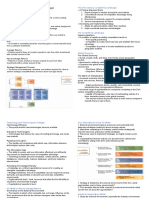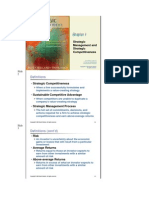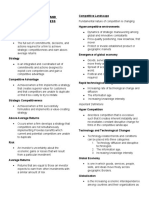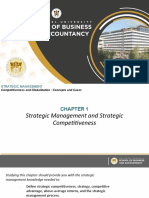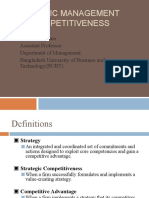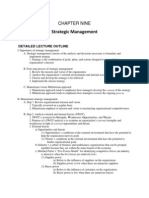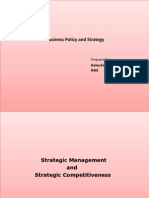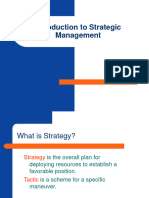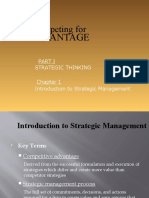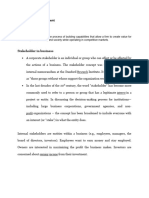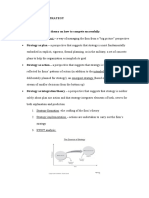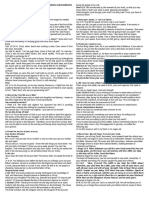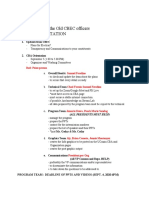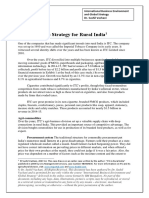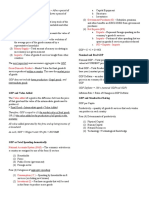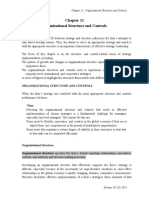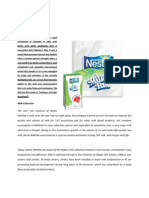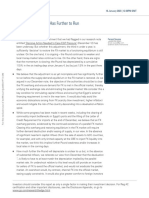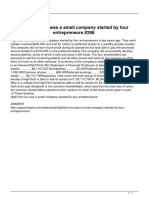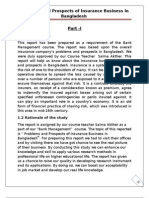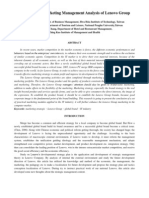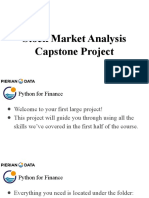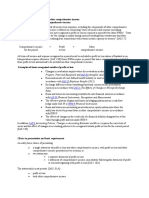0% found this document useful (0 votes)
77 views3 pagesNotes - Chapter 01
1) Strategic competitiveness is achieved when a firm formulates and implements a value-creating strategy that its competitors cannot duplicate. This strategy allows the firm to gain a competitive advantage and earn above-average returns.
2) There are two main models for analyzing strategic competitiveness - the industrial organization model and the resource-based model. The industrial organization model focuses on how industry structure influences firm strategy and performance, while the resource-based model emphasizes a firm's internal resources and capabilities.
3) In formulating and implementing strategy, firms analyze their internal and external environments, develop strategic actions based on their vision and mission, and provide feedback to continuously improve strategic inputs and outcomes over time.
Uploaded by
Chad FerninCopyright
© © All Rights Reserved
We take content rights seriously. If you suspect this is your content, claim it here.
Available Formats
Download as DOCX, PDF, TXT or read online on Scribd
0% found this document useful (0 votes)
77 views3 pagesNotes - Chapter 01
1) Strategic competitiveness is achieved when a firm formulates and implements a value-creating strategy that its competitors cannot duplicate. This strategy allows the firm to gain a competitive advantage and earn above-average returns.
2) There are two main models for analyzing strategic competitiveness - the industrial organization model and the resource-based model. The industrial organization model focuses on how industry structure influences firm strategy and performance, while the resource-based model emphasizes a firm's internal resources and capabilities.
3) In formulating and implementing strategy, firms analyze their internal and external environments, develop strategic actions based on their vision and mission, and provide feedback to continuously improve strategic inputs and outcomes over time.
Uploaded by
Chad FerninCopyright
© © All Rights Reserved
We take content rights seriously. If you suspect this is your content, claim it here.
Available Formats
Download as DOCX, PDF, TXT or read online on Scribd
/ 3






